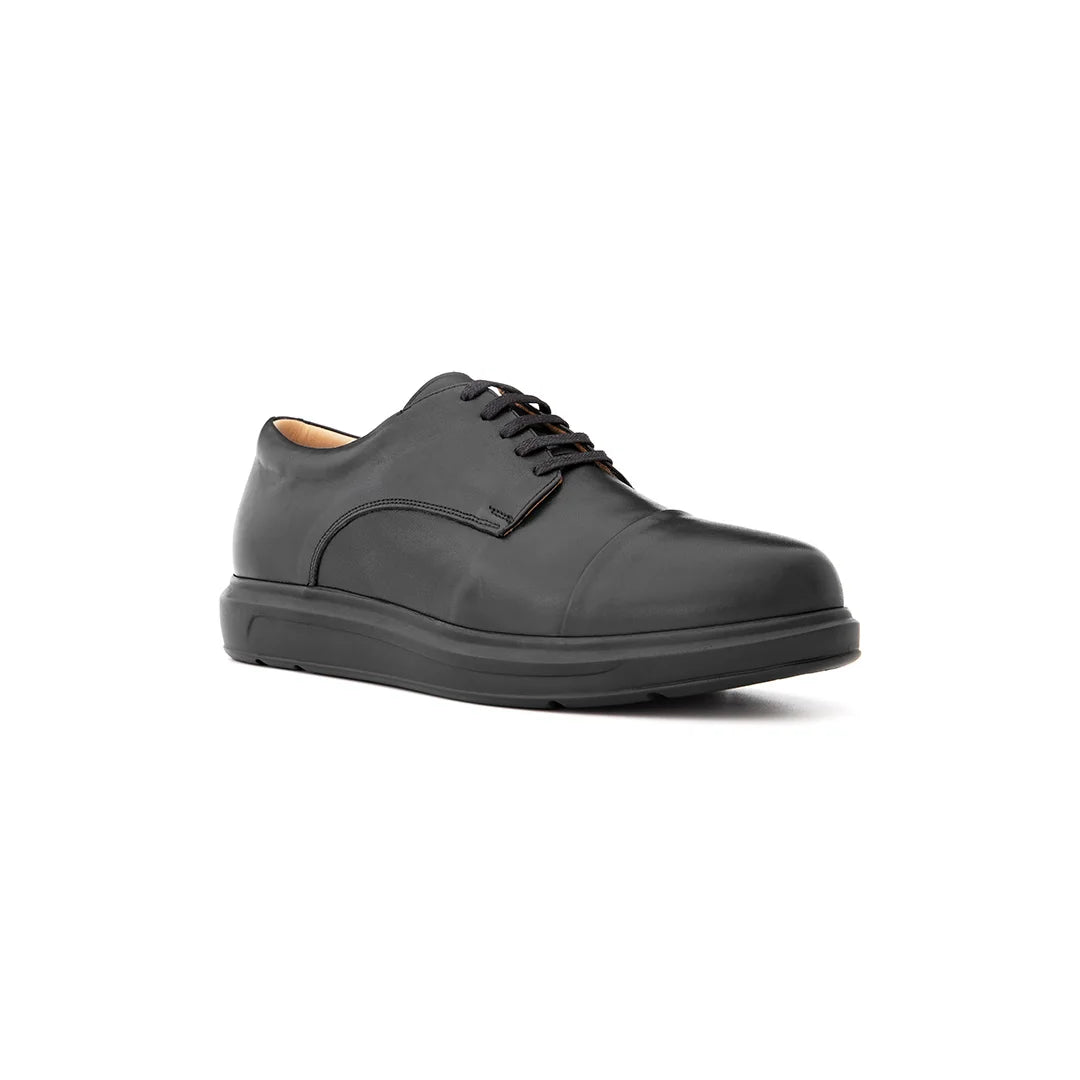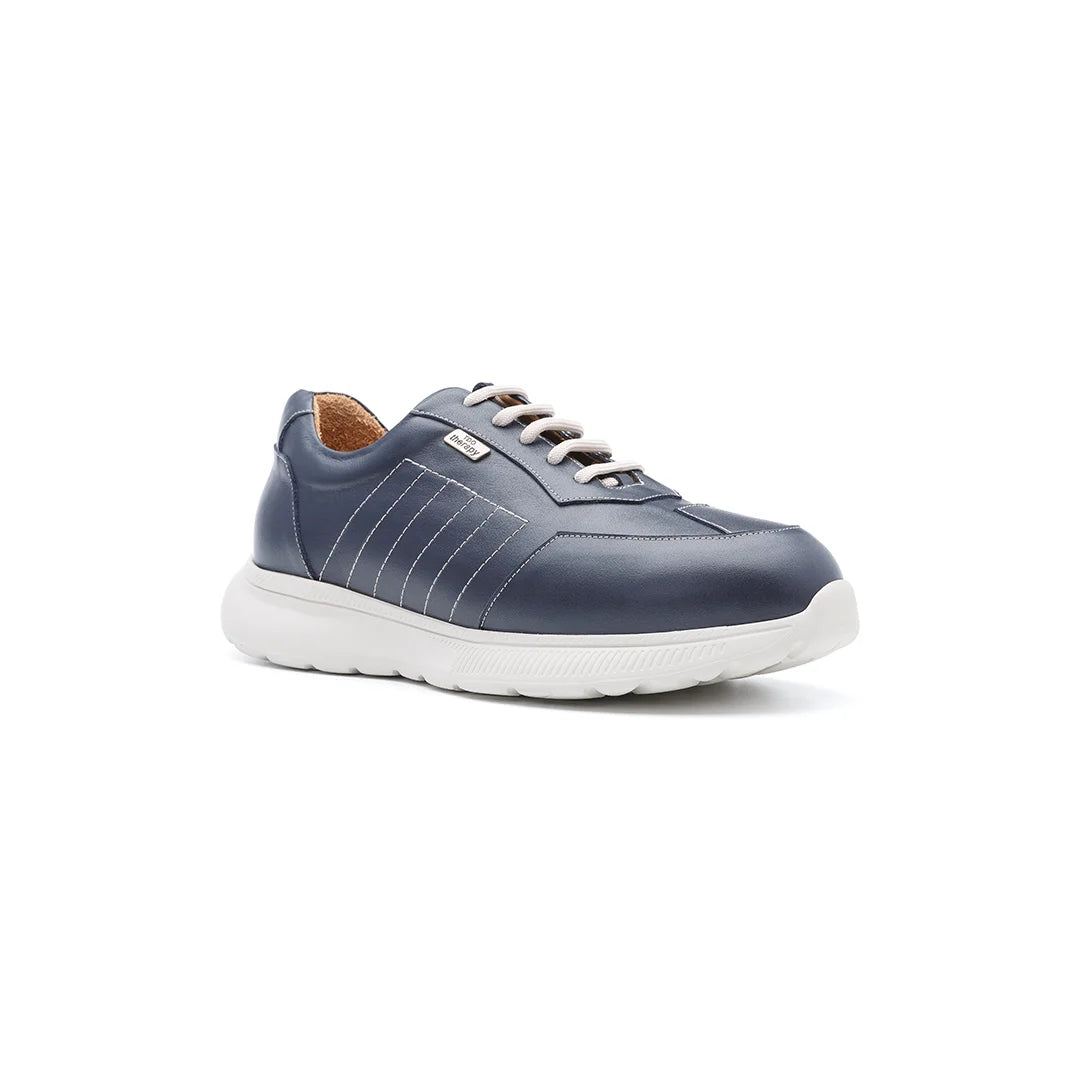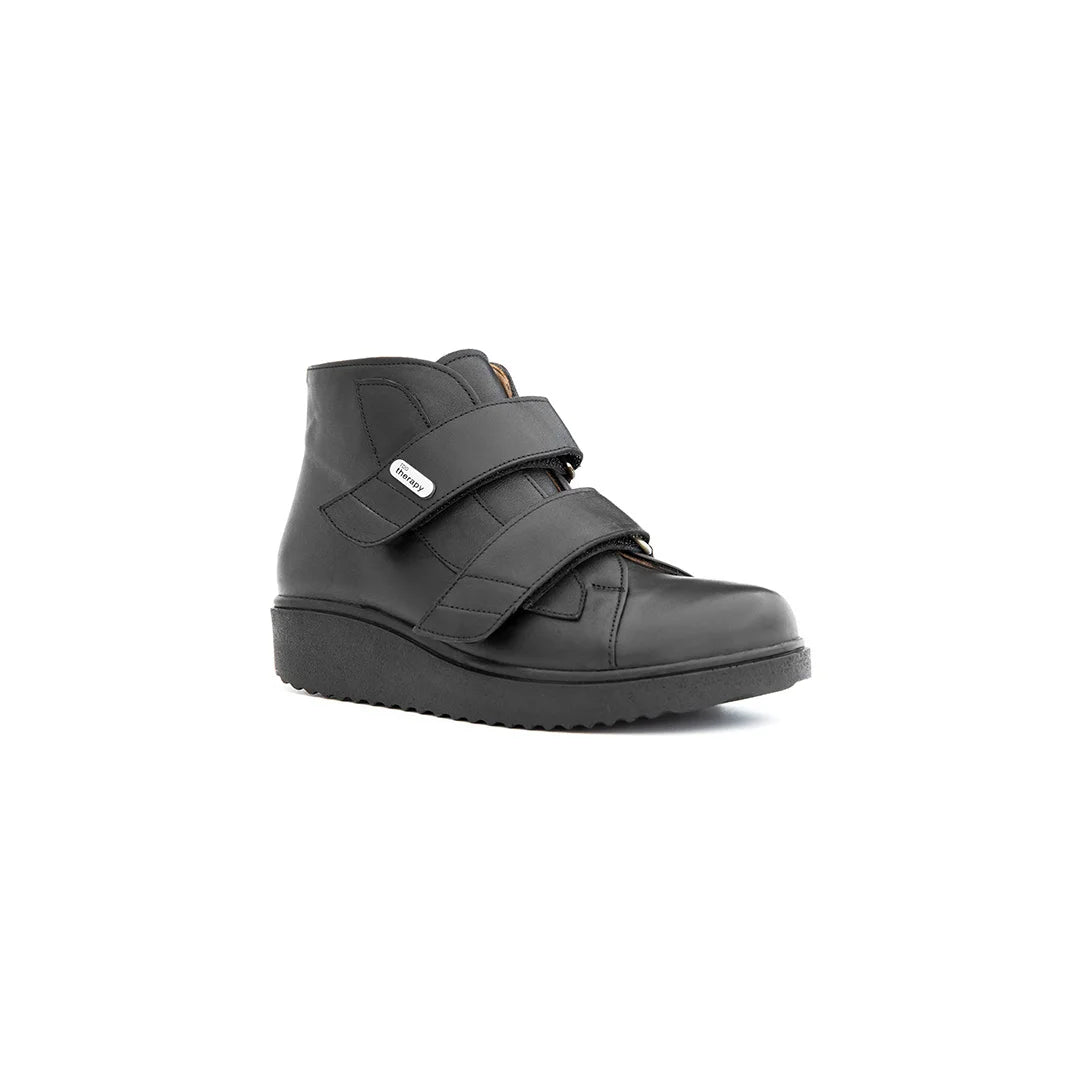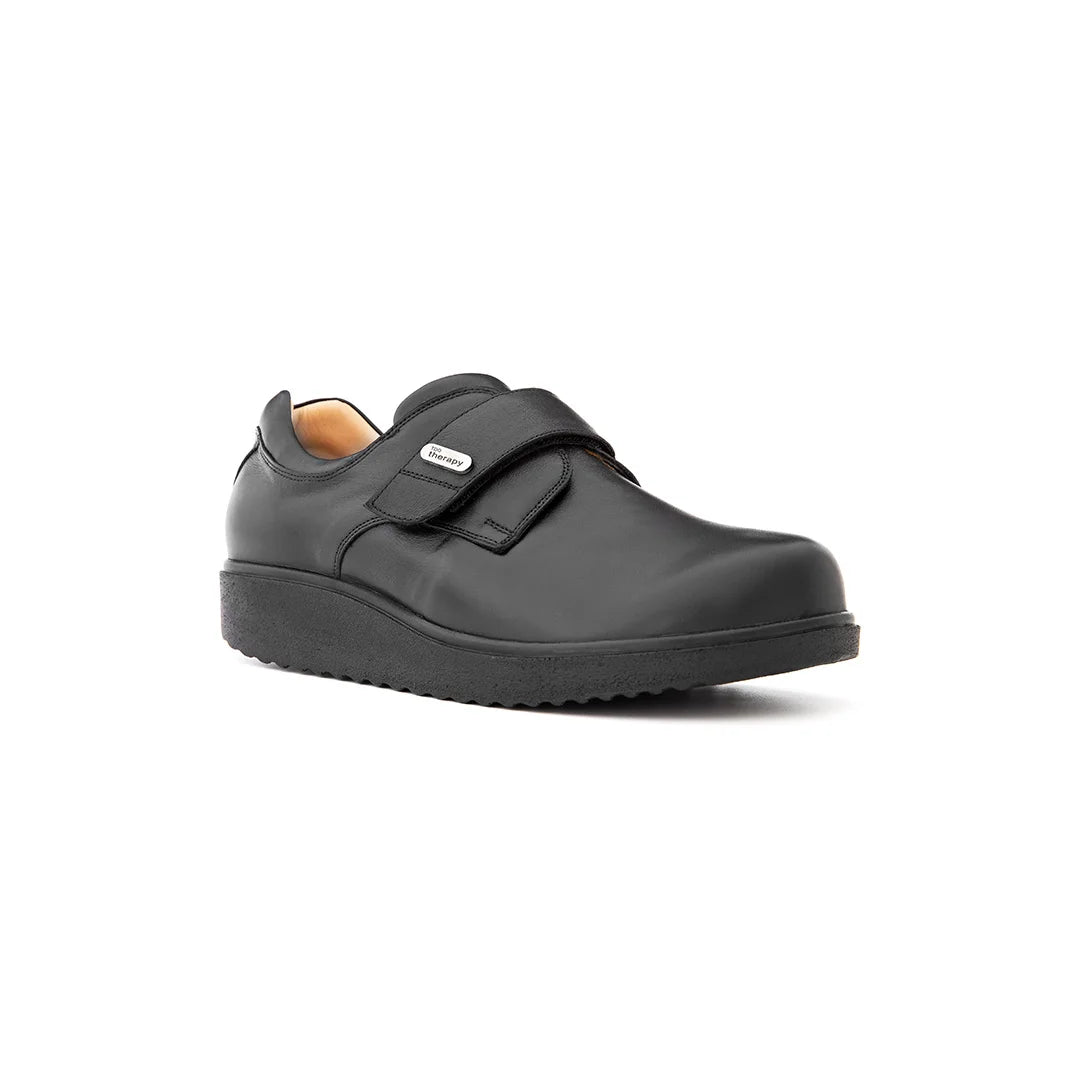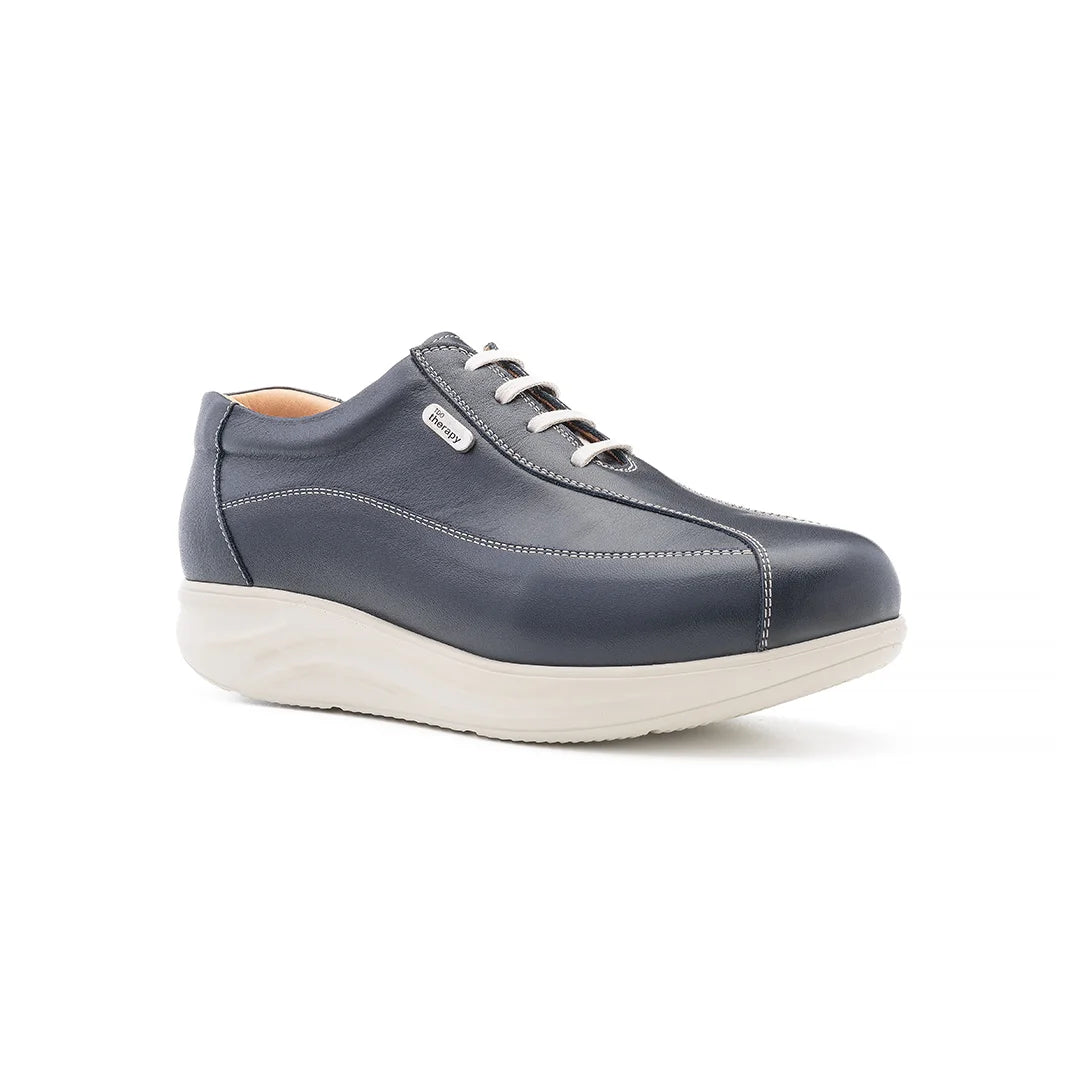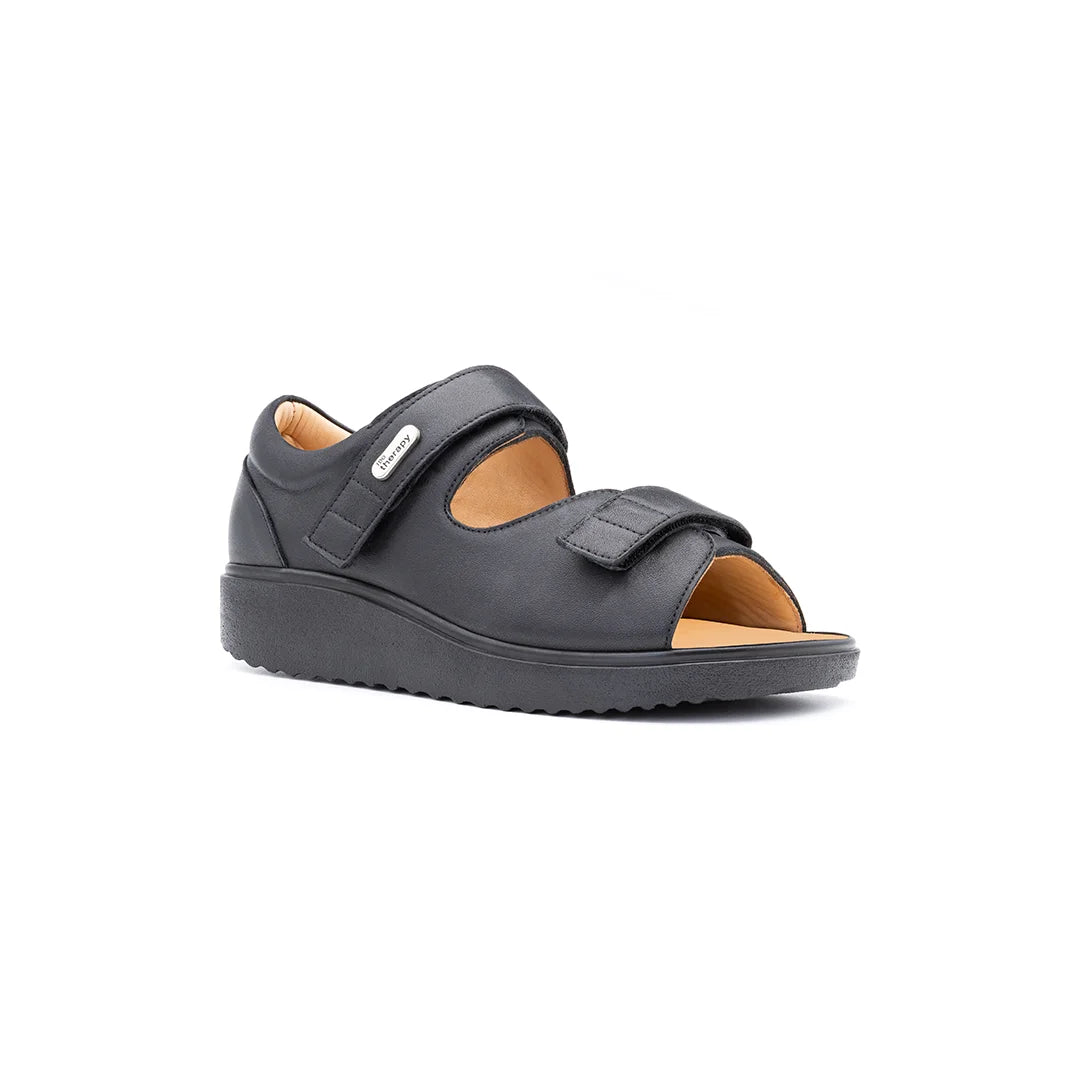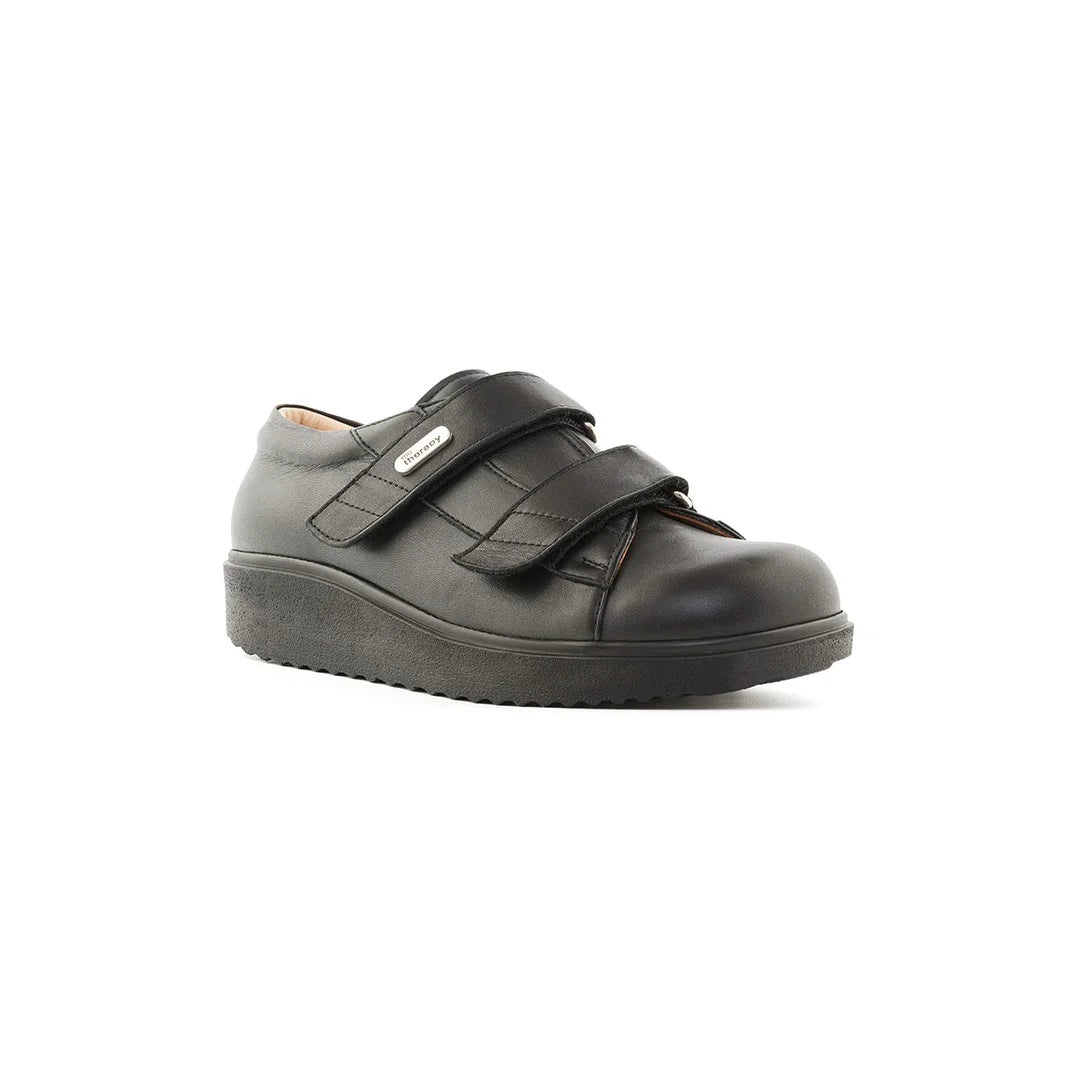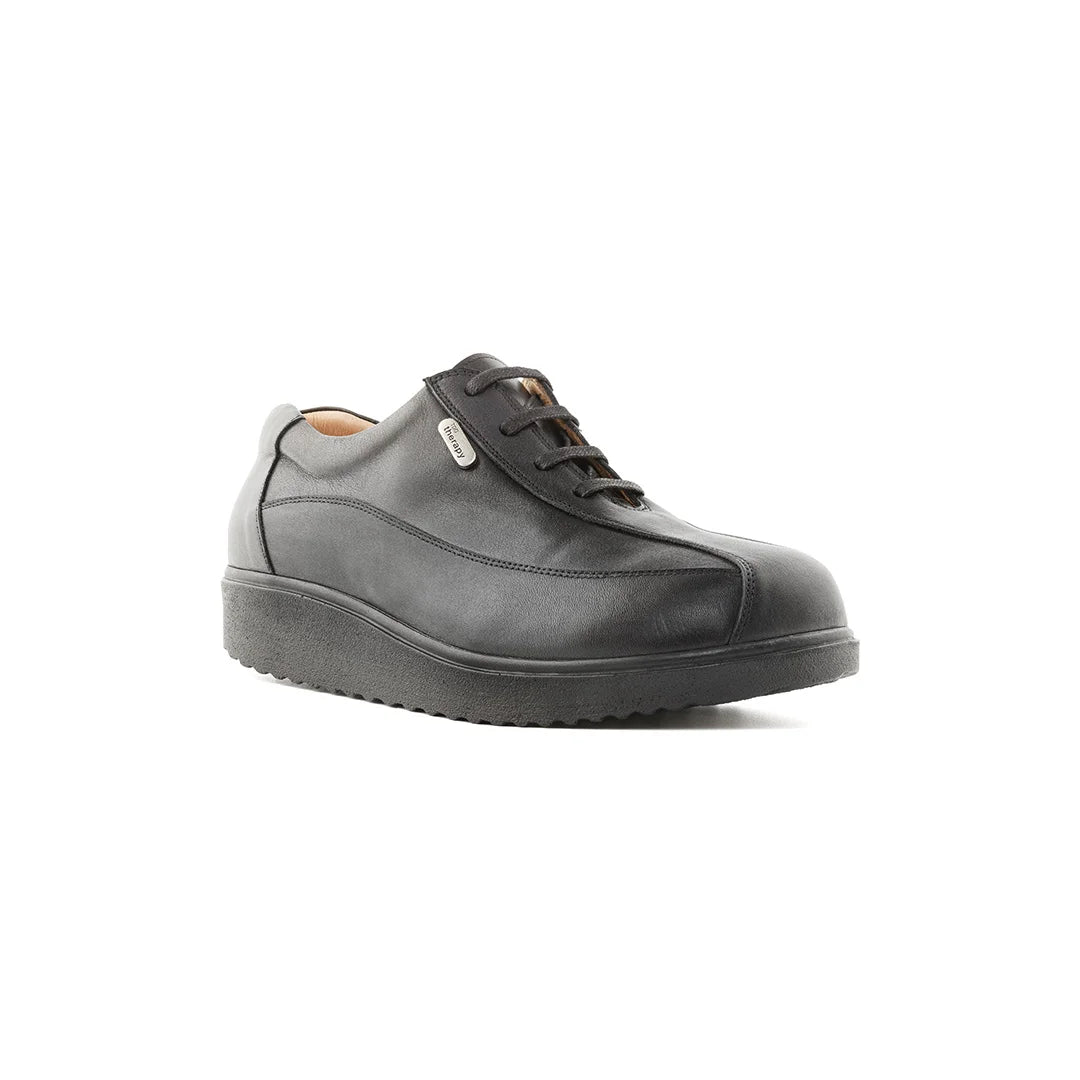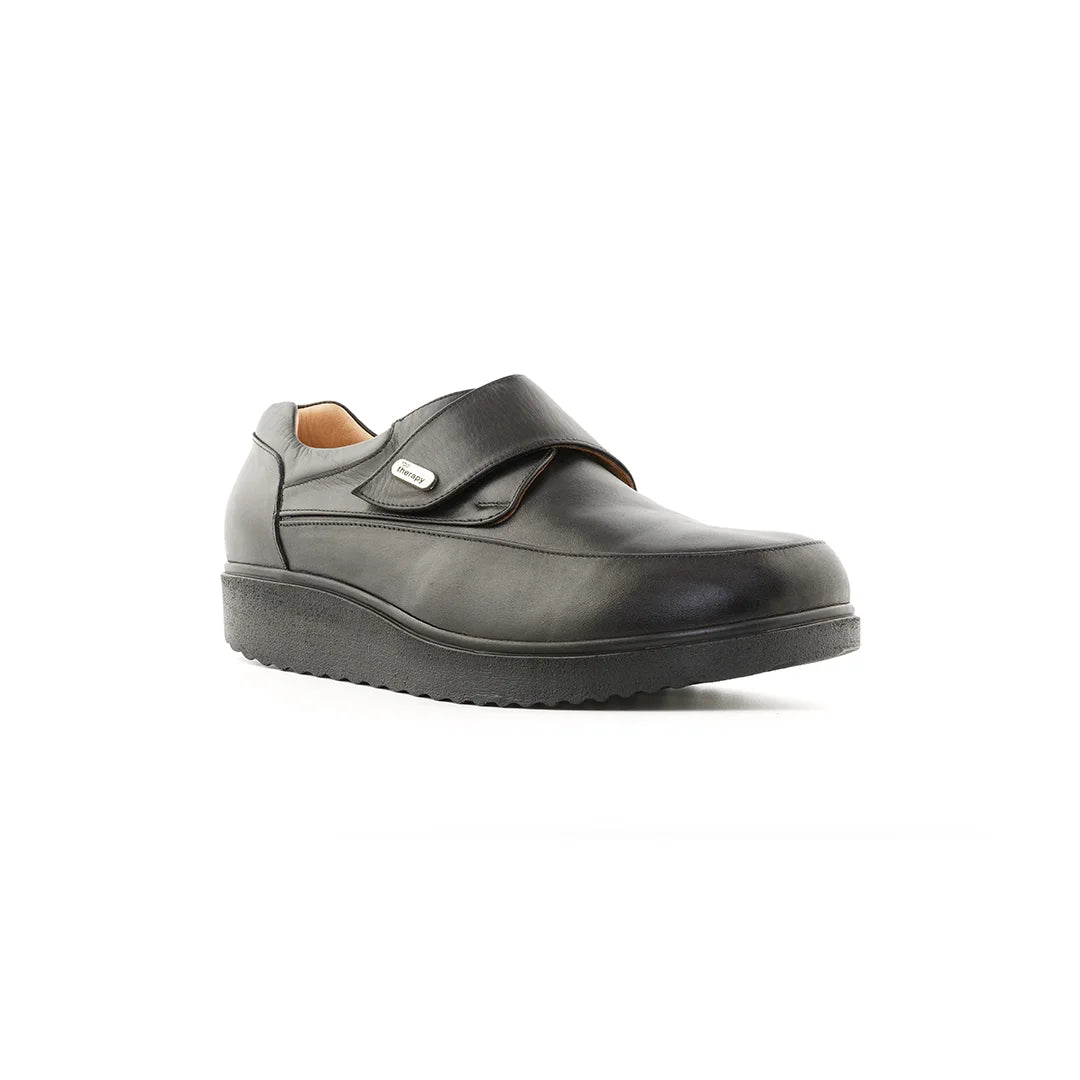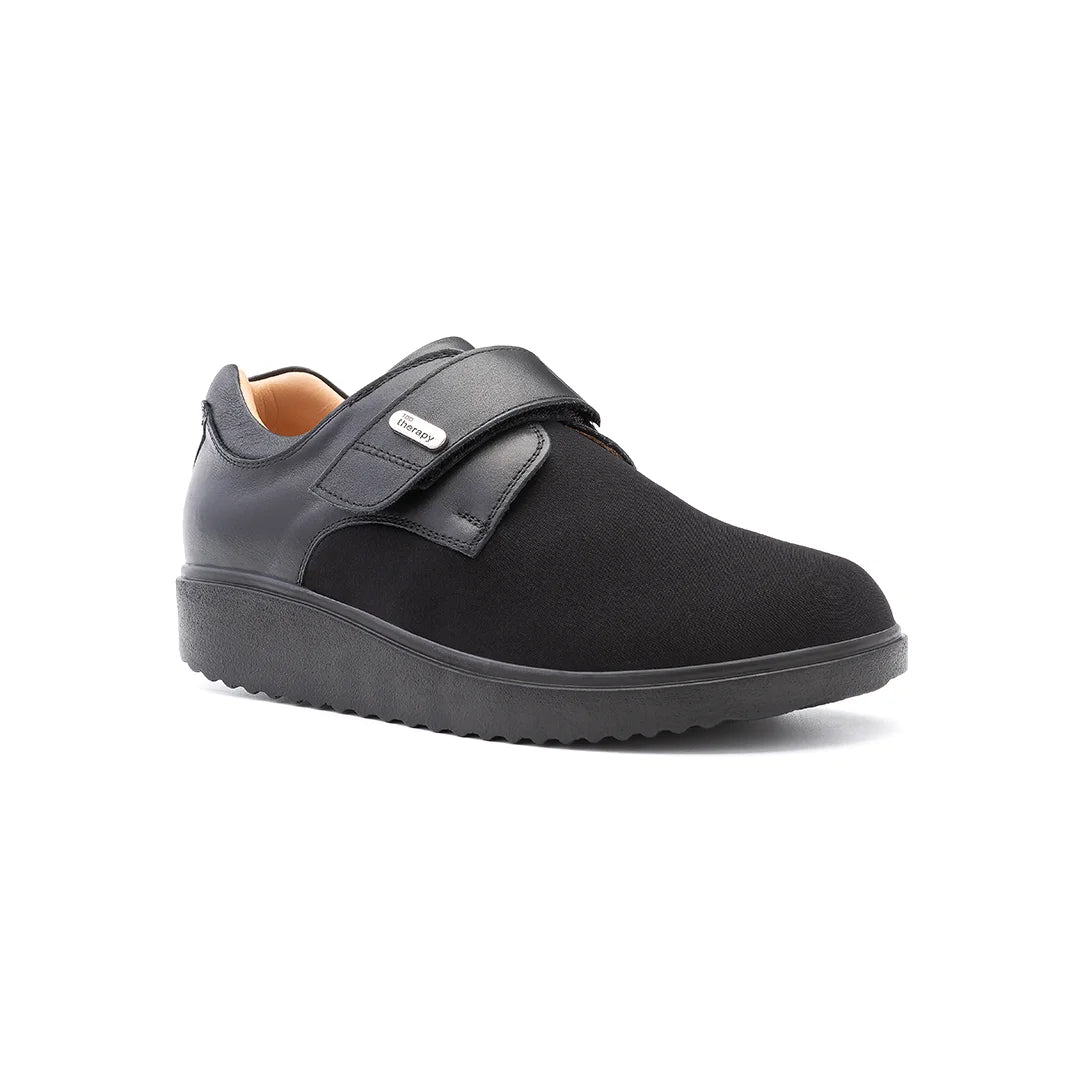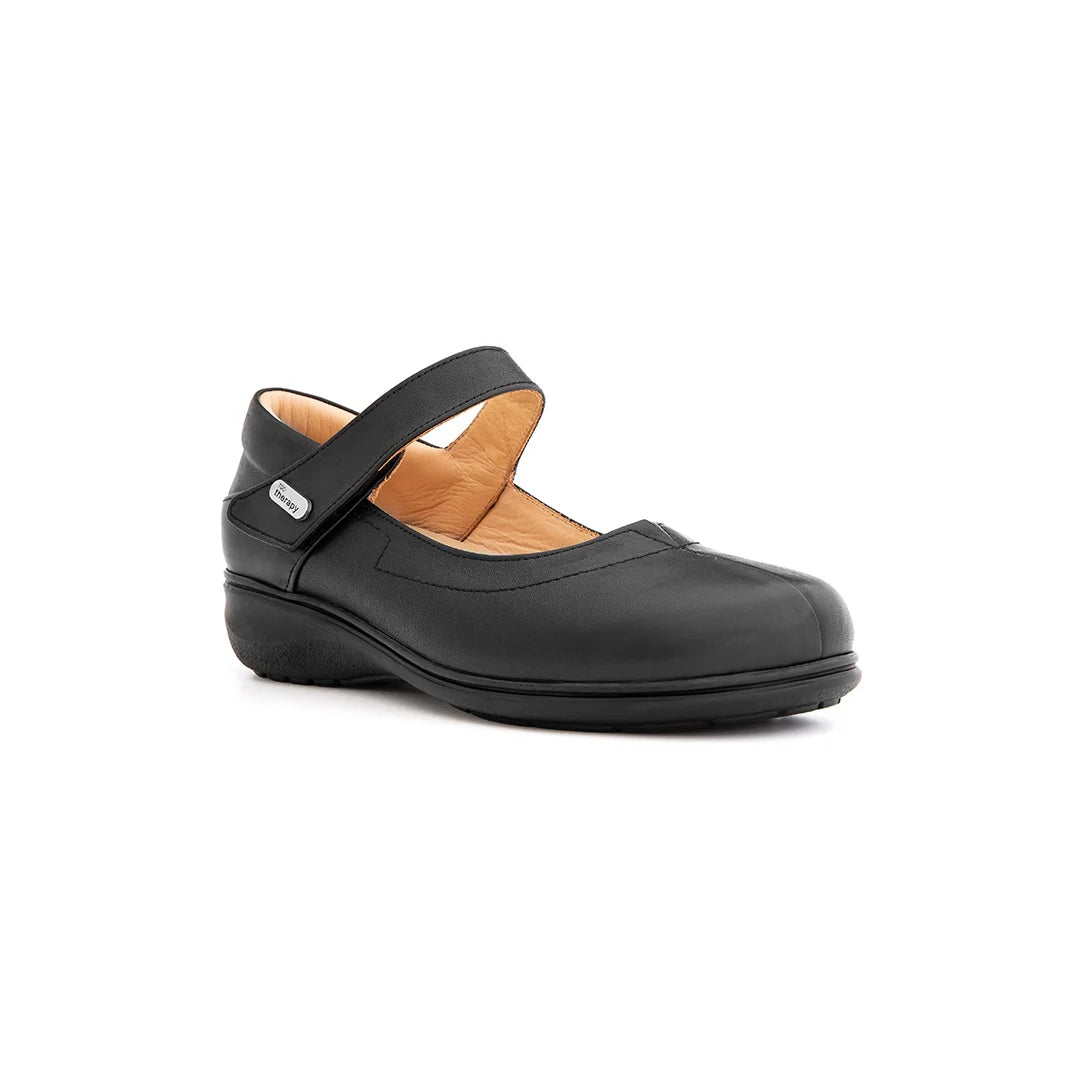Have you ever come home after a long day on your feet, kicked off your shoes, and felt that nagging ache in your arches or heels? If so, you’re not alone—millions of people experience foot discomfort daily, whether from standing at work, walking long distances, or simply wearing unsupportive shoes. That’s where gel insoles come into play, often hailed as a game-changer in orthopedic footwear. But what’s the real story behind these cushy inserts? Are they backed by science, and more importantly, are they worth your investment?
At TDO Therapy, we’re dedicated to helping you find practical, effective solutions for foot health. In this blog, we’ll dive deep into the science behind gel insoles, exploring how they work, their benefits, and whether they deserve a spot in your shoes. Whether you’re dealing with mild foot fatigue or seeking relief from conditions like plantar fasciitis, understanding gel insoles in orthopedic footwear could be the key to happier, healthier feet. Let’s get started!
What Are Gel Insoles and How Do They Fit Into Orthopedic Footwear?
Gel insoles are soft, flexible inserts typically made from silicone or polymer-based gel materials, designed to slip into your shoes and provide extra cushioning and support. Unlike traditional foam or leather insoles, gel insoles stand out for their unique ability to mold slightly to your foot while maintaining a springy, responsive feel. You’ll often find them with targeted cushioning zones—like thicker gel pads under the heel or forefoot—crafted to absorb shock where you need it most.
In the world of orthopedic footwear, gel insoles play a starring role. Orthopedic shoes are built to support proper foot alignment and alleviate discomfort from conditions like flat feet, high arches, or heel pain. Gel insoles enhance this mission by adding a layer of comfort that standard shoe soles often lack. They’re especially popular because they’re widely available over-the-counter, making them an accessible option for anyone looking to upgrade their footwear without breaking the bank.
What sets gel insoles apart is their construction. Many feature a dual-layer design: a softer gel for cushioning and a firmer base for stability. This combination makes them ideal for people who spend hours on their feet—think nurses, teachers, or retail workers. At TDO Therapy, we see gel insoles as a versatile addition to orthopedic footwear, offering a balance of comfort and practicality for everyday use.
The Science Behind Gel Insoles: How Do They Work?
So, what’s the magic behind gel insoles? It all comes down to science—specifically, the principles of shock absorption, pressure redistribution, and biomechanics. Let’s break it down step by step.
First, shock absorption. Every time your foot hits the ground, it absorbs impact forces—up to three times your body weight when running! Gel insoles are engineered with viscoelastic properties, meaning they can deform under pressure and then bounce back to their original shape. This allows them to soak up those jarring forces, particularly in high-impact zones like the heel and ball of the foot. The result? Less strain on your joints and a smoother stride.
Next, pressure redistribution. If you’ve ever felt sharp pain in one spot—like under your heel from standing too long—gel insoles can help. Their soft, pliable nature spreads pressure more evenly across your foot, reducing those painful hotspots. This is especially helpful for conditions like metatarsalgia (pain in the ball of the foot) or heel spurs, where concentrated pressure can worsen discomfort.
Finally, there’s the biomechanical angle. While gel insoles aren’t as rigid as custom orthotics, they still offer subtle support to guide your foot into a more natural position. For example, they can help correct overpronation (when your foot rolls inward too much) or provide a bit of arch support to ease fatigue. The science behind gel insoles lies in their ability to adapt to your movement, offering a dynamic cushion that works with your body—not against it.

Benefits of Gel Insoles in Orthopedic Footwear
Why choose gel insoles for your orthopedic footwear? The benefits are hard to ignore, especially if you’re looking for an affordable way to boost foot comfort. Here’s a closer look at what they bring to the table.
One of the biggest perks is immediate comfort. Slip a pair of gel insoles into your shoes, and you’ll notice the difference right away—a plush, cushioned feel that makes standing or walking less taxing. This is a lifesaver for anyone prone to foot fatigue, whether you’re on your feet all day at work or pounding the pavement for exercise.
Pain relief is another major draw. Gel insoles can ease discomfort from common issues like plantar fasciitis, where inflammation in the foot’s connective tissue causes stabbing heel pain. By cushioning the heel and supporting the arch, they take some of the load off irritated areas. They’re also great for arthritis sufferers, softening the impact on stiff, achy joints.
Then there’s versatility. Gel insoles aren’t picky—they work in everything from sturdy work boots to sleek dress shoes. At TDO Therapy, we recommend them to clients seeking all-day support without needing to swap shoes. Plus, they’re a preventative tool. By reducing stress on your feet, gel insoles may help stop minor aches from turning into bigger problems down the road.
Are Gel Insoles Worth It? Weighing the Pros and Cons
Now for the million-dollar question: Are gel insoles worth it? To answer that, let’s weigh the pros and cons and see how they stack up.
On the pro side, gel insoles are affordable and easy to find. You can pick up a quality pair at most pharmacies or online for a fraction of the cost of custom orthotics. They deliver instant comfort, too—no breaking-in period required. For mild-to-moderate foot issues—like occasional soreness or tired arches—they’re a budget-friendly fix that doesn’t skimp on relief.
But there are cons to consider. Gel insoles aren’t a one-size-fits-all solution. They lack the precision of custom-made orthotics, which are molded to your exact foot shape for severe conditions like chronic misalignment. Durability can also be an issue—daily use might wear them out in six months to a year, especially if you’re heavy on your feet. And while they’re great for cushioning, they don’t offer the same structural support as rigid inserts.
How do they compare to alternatives? Memory foam insoles contour to your foot over time, while gel insoles prioritize bounce and shock absorption. Rigid orthotics, meanwhile, focus on correction over comfort. For many, gel insoles strike a sweet spot—affordable, effective, and fuss-free. At TDO Therapy, we see them as a smart starting point for foot pain relief, though complex cases might call for a specialist’s input.
Who Should Consider Using Gel Insoles in Their Shoes?
Gel insoles aren’t for everyone, but they’re a fantastic fit for certain people. So, who stands to gain the most from slipping them into their orthopedic footwear?
If you’re someone who spends hours on your feet, gel insoles could be your new best friend. Think healthcare workers standing through long shifts, teachers pacing the classroom, or retail staff bustling around stores. That extra cushioning can turn a grueling day into a manageable one by cutting down on fatigue and soreness.
They’re also a solid choice for anyone with mild foot pain. Got plantar fasciitis? The gel can soften the blow to your heels. Dealing with metatarsalgia? It’ll ease pressure under the ball of your foot. Even if you just feel general achiness after a busy day, gel insoles can make a noticeable difference.
Active folks—runners, hikers, or weekend warriors—might love them, too. The shock absorption helps protect your feet during high-impact activities, especially in orthopedic footwear designed for stability. That said, if you’ve got severe structural issues (like advanced flat feet or serious pronation), gel insoles might not cut it alone. For those cases, TDO Therapy’s experts can assess your needs and suggest tailored solutions.
FAQ About Gel Insoles
Still curious about gel insoles? Here are answers to five common questions we hear at TDO Therapy.
How long do gel insoles last in orthopedic footwear?
On average, gel insoles hold up for 6 to 12 months with daily use. Their lifespan depends on factors like how often you wear them, your activity level, and your body weight. Heavy walkers or runners might need replacements sooner, while occasional users can stretch them longer. Check for flattening or cracks as a sign it’s time for a new pair.
Can gel insoles help with plantar fasciitis?
Yes, they can! Gel insoles cushion the heel and support the arch, which can ease the strain on the plantar fascia—the tissue that gets inflamed in this condition. They’re not a cure, though. For mild cases, they’re a great start, but severe pain might need custom orthotics or therapy alongside them.
Are gel insoles better than memory foam insoles?
It depends on what you’re after. Gel insoles excel at shock absorption and a bouncy feel, making them ideal for impact-heavy activities. Memory foam molds to your foot for a custom fit but might feel less responsive. Try both to see which suits your comfort needs best.
Do gel insoles fit in all types of shoes?
Mostly, yes—they’re super versatile. Gelgha insoles work in sneakers, work boots, and even some dress shoes. Some pairs come trimmable, so you can cut them to size. Just ensure your shoe has enough room, as thick gel insoles might feel snug in tight fits.
How do I clean and maintain my gel insoles?
Keep them fresh by wiping them with a damp cloth and mild soap. Avoid soaking them or using harsh chemicals, as that can break down the gel. Let them air-dry completely before popping them back in your shoes—never toss them in a dryer!



